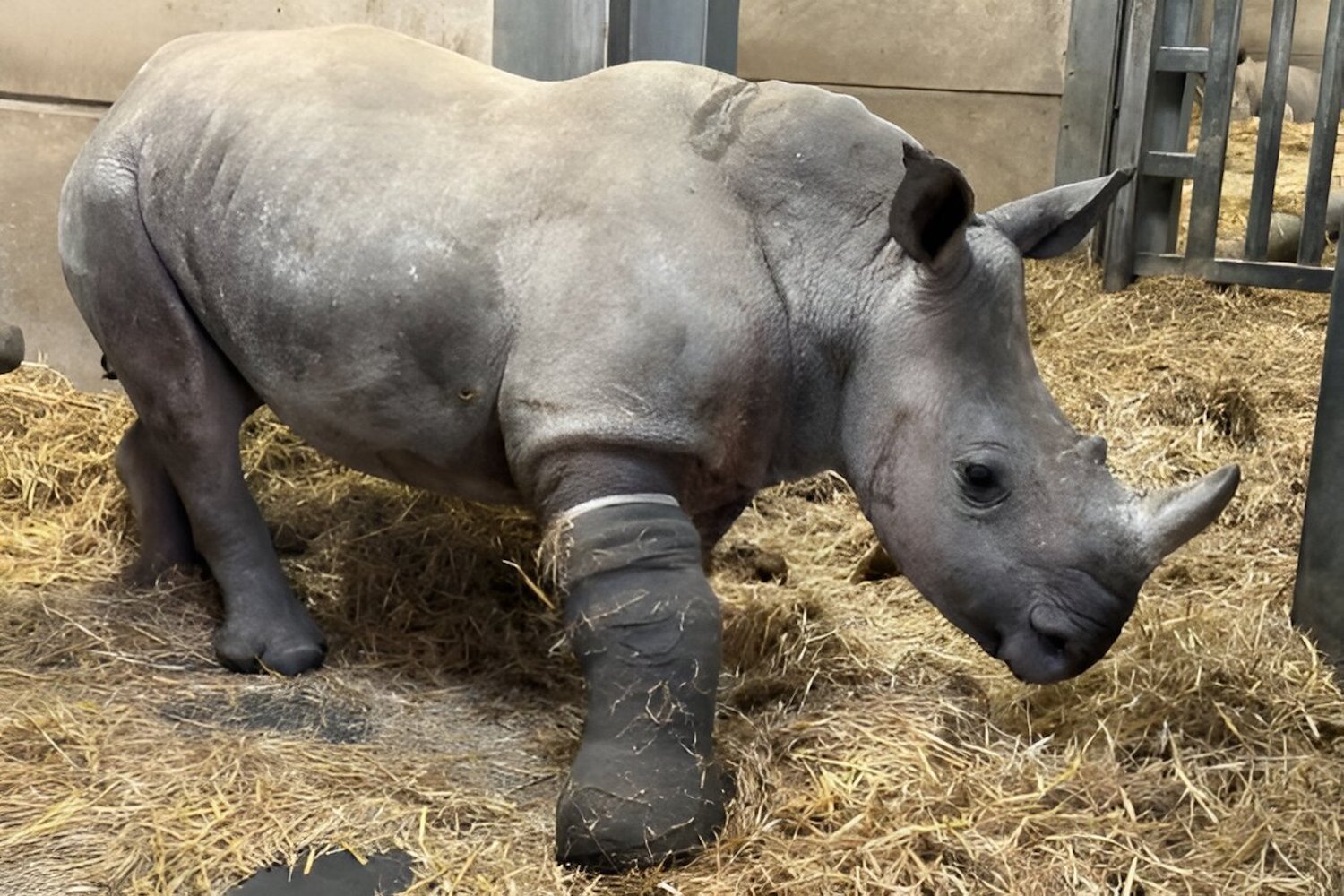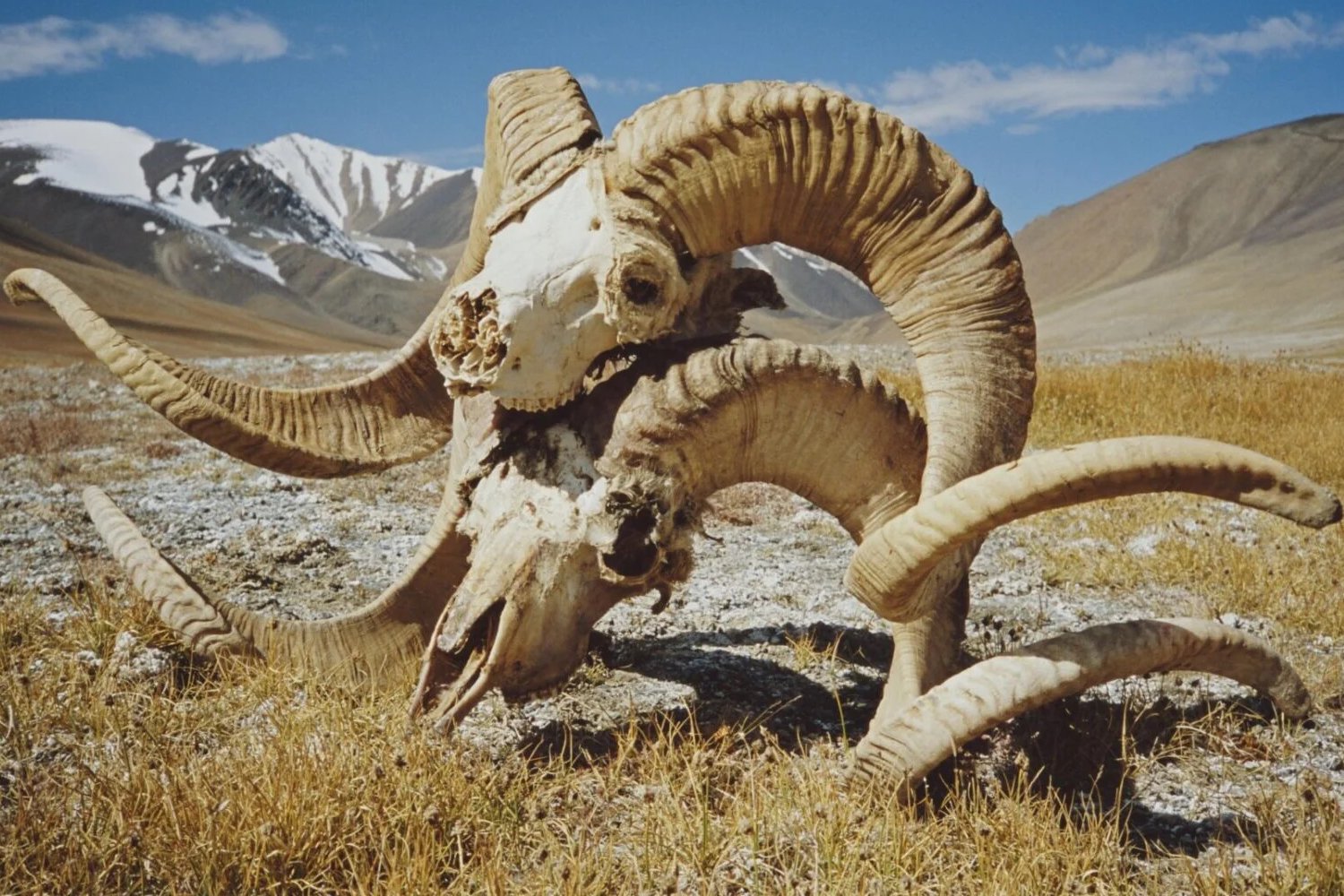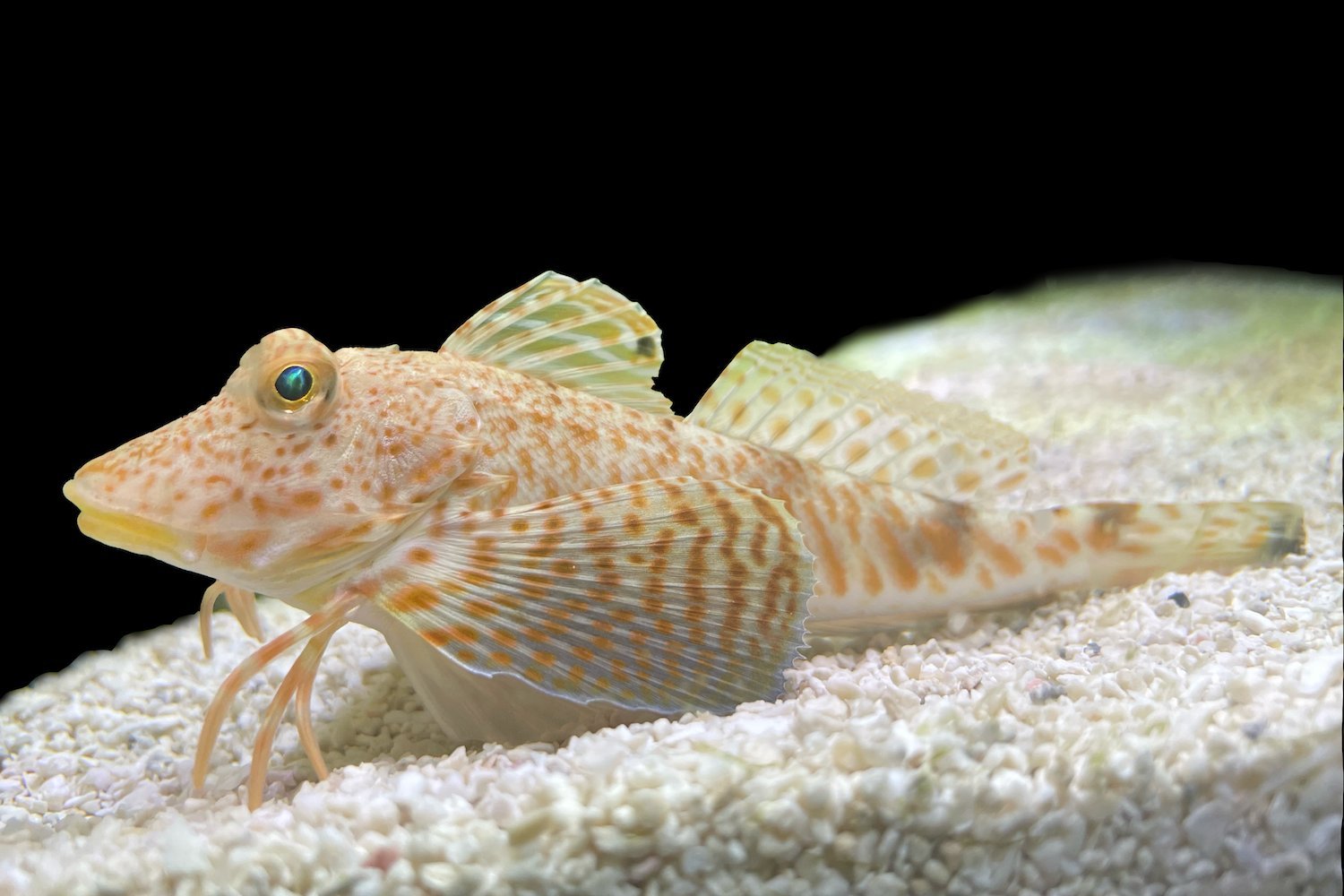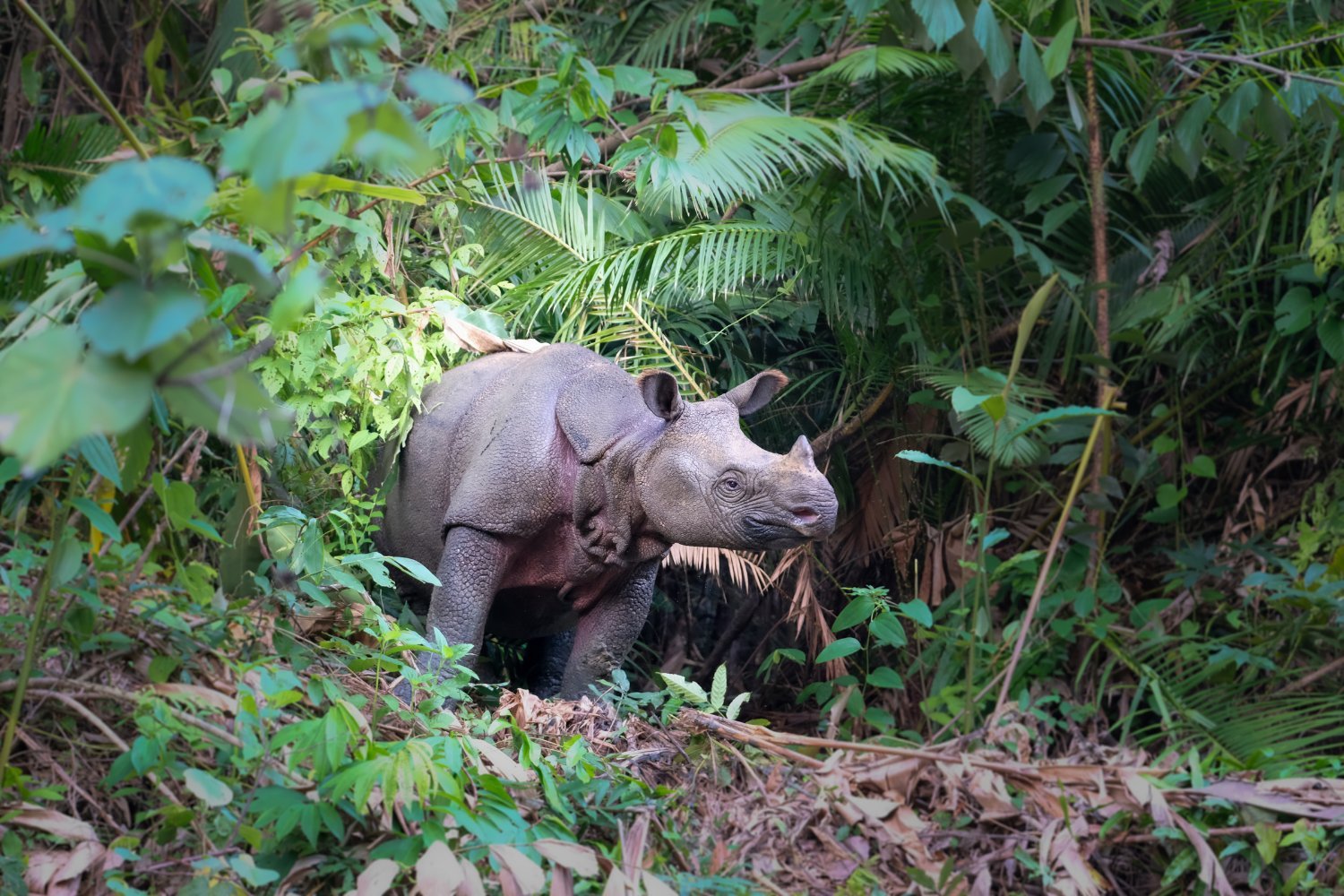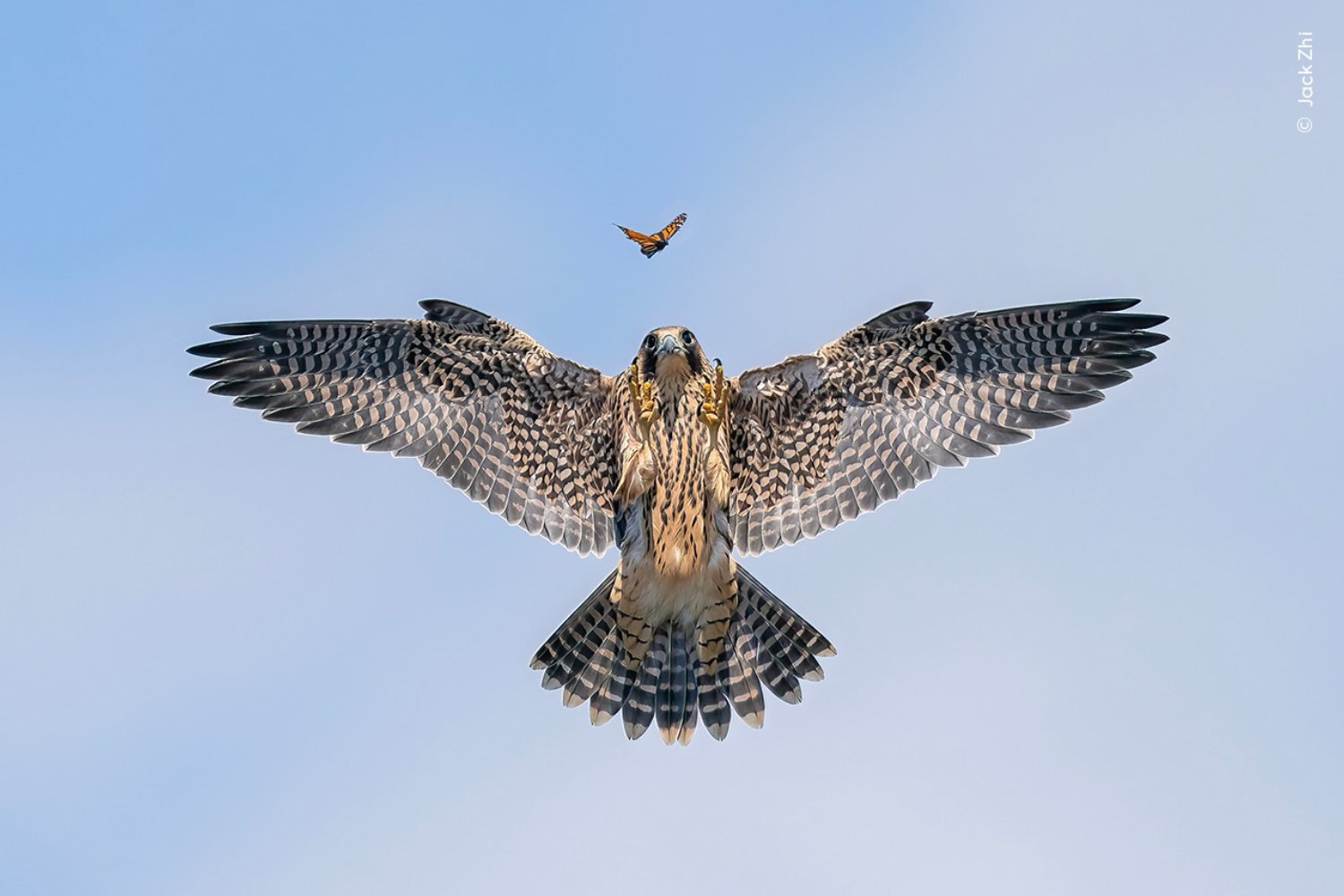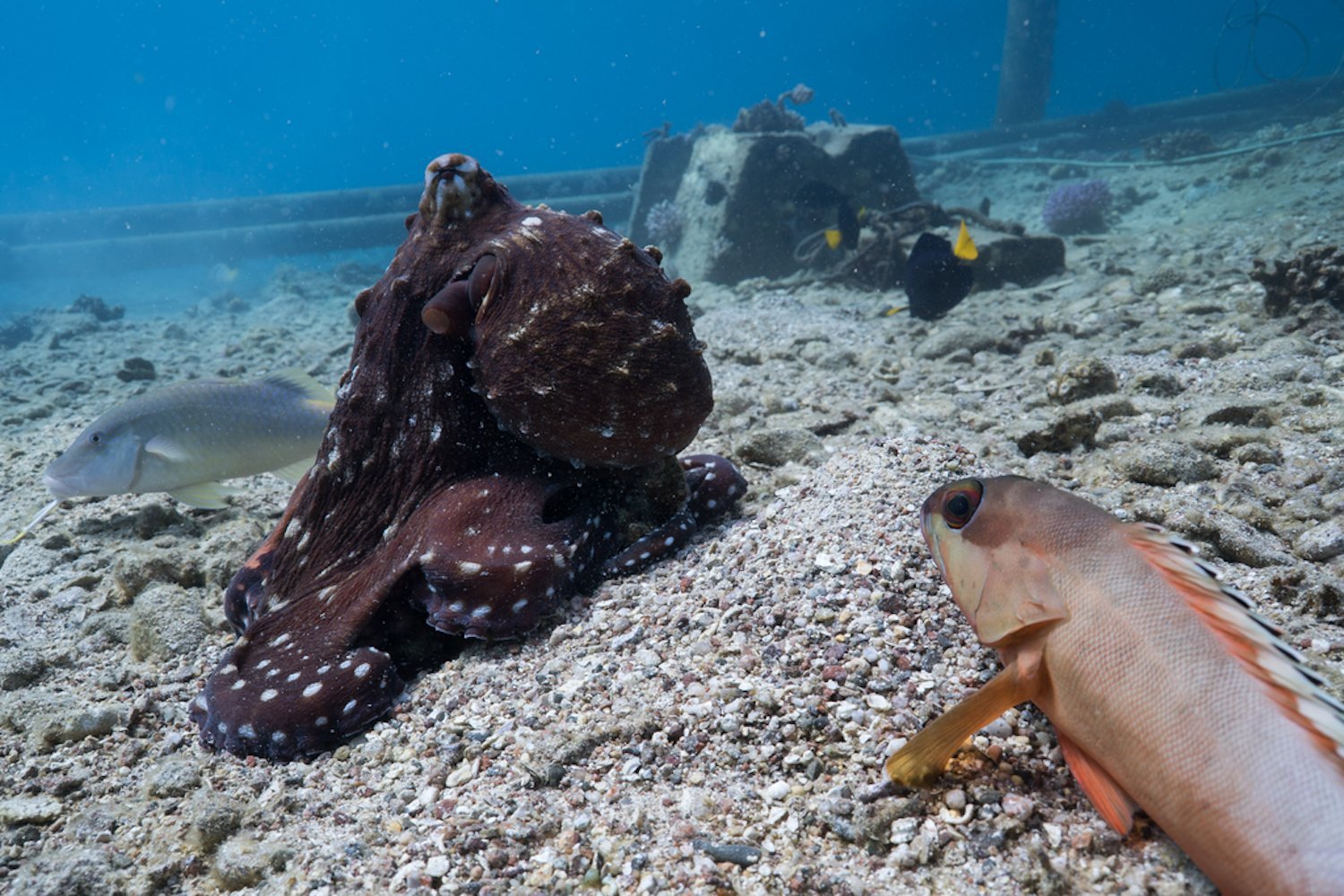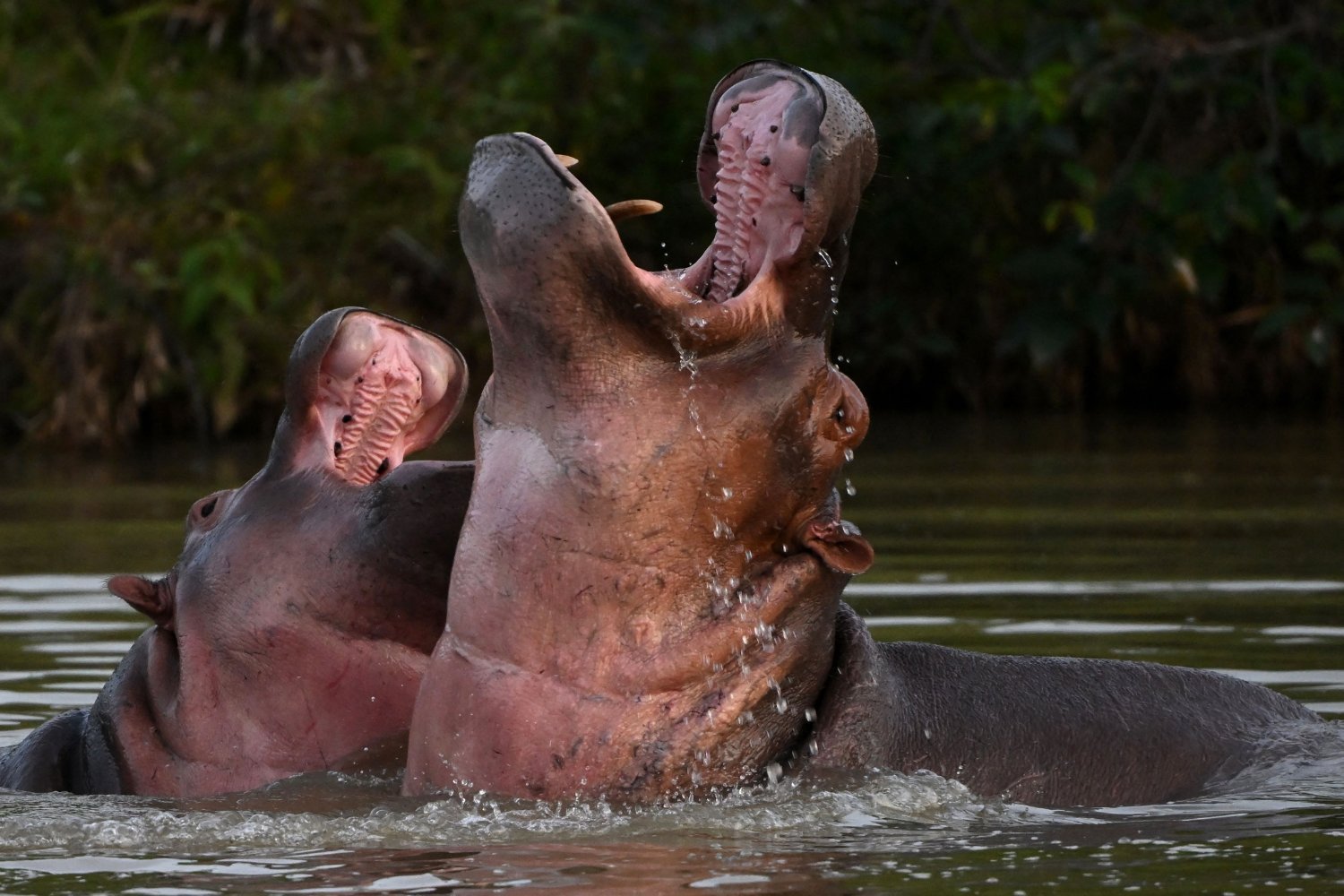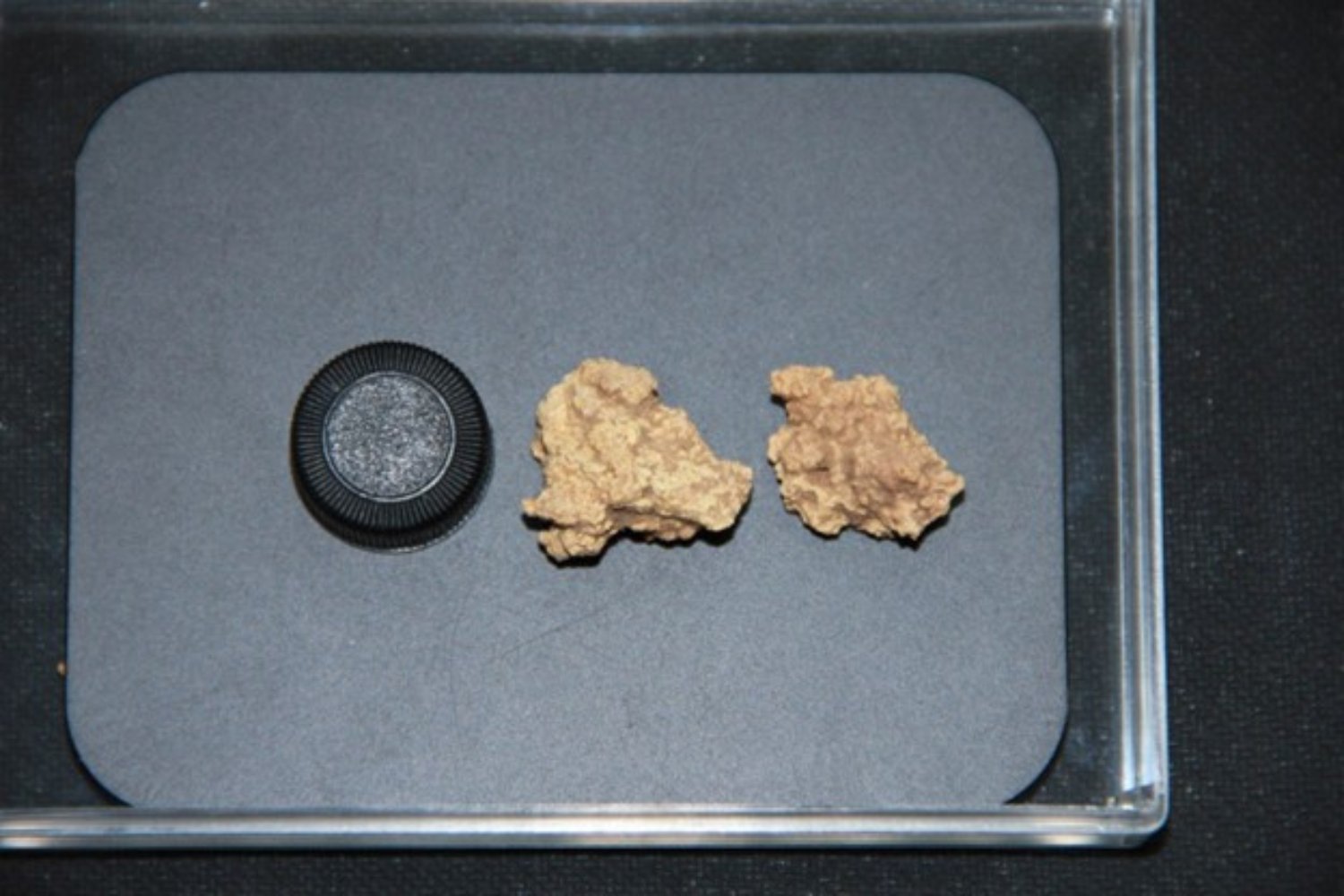A two-year-old southern white rhinoceros named Amara, residing at Knowsley Safari in England, has made a remarkable recovery thanks to a groundbreaking surgical procedure. This success story follows closely on the heels of the exciting discovery of a newborn Javan rhino, offering a glimmer of hope for rhino conservation efforts worldwide.
Amara’s journey began earlier this year when zookeepers noticed a limp developing. Known for her energetic play and sparring with other rhinos, it was initially unclear how Amara sustained the injury. Rest and pain management proved ineffective, prompting the zoo to consult with veterinary specialists from the University of Liverpool. X-rays revealed a fractured ulna in Amara’s right front leg, a condition never before documented or treated in a rhinoceros.
This unprecedented case presented a unique challenge. The University of Liverpool team, primarily equine surgeons, recognized the anatomical similarities between horses and rhinos and decided to proceed with the operation. The five-hour laparoscopic surgery required a team of over 10 veterinary professionals, including surgeons and anesthetists, who faced the daunting task of operating on an 800-kilogram animal.
“Amara’s operation is unlike anything we’ve experienced previously,” stated David Stack, a senior lecturer in equine surgery at the university. “We knew we could position the camera inside her joint, but due to the unprecedented nature of the procedure, we didn’t know how much room we would have to operate, or how much of the affected area we would be able to see.”
Following the surgery, Amara was fitted with a cast and placed in an enclosure with her mother, Meru. She also received injections of platelet-rich plasma derived from her own blood to promote healing. The zoo team expressed concerns about the cast’s durability and Amara’s ability to adapt to the restriction. “We were unsure if the cast would be strong enough and how Amara would cope with such a restriction on her limb,” Stack explained. “We hoped that she would accept it and that she would be able to move around, get down and, importantly, back up again but this was unchartered water.”
After 27 weeks, the cast was removed, and Amara was successfully reintroduced to the other rhinos. While still under observation, Amara is showing positive signs of recovery.
The veterinary team meticulously documented the procedure, creating a valuable resource should a similar situation arise in the future. With the global white rhino population estimated at only 18,000, this successful surgery offers a beacon of hope for the conservation of this vulnerable species. Amara’s story underscores the importance of innovative veterinary care and the dedication of professionals working to protect endangered wildlife.



